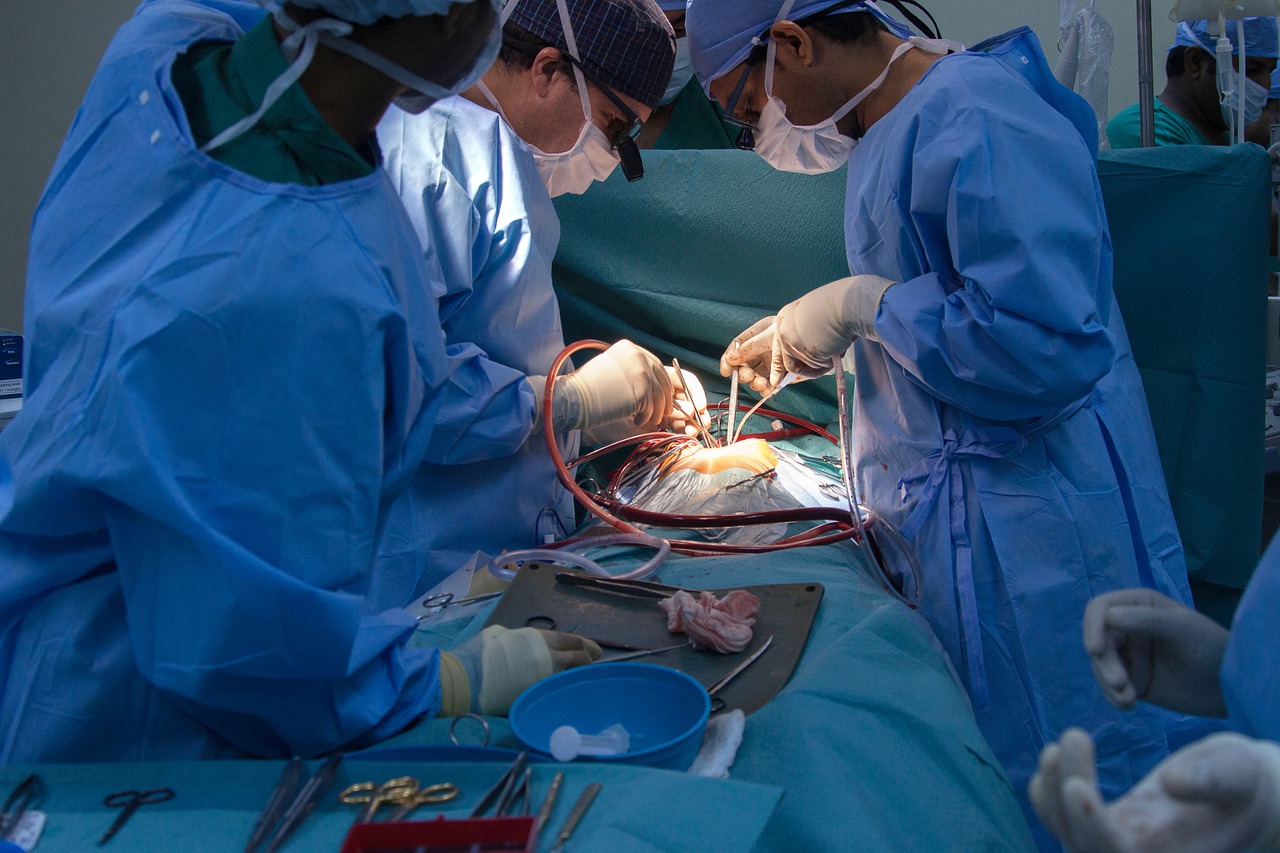In the Beginning…

In the beginning I thought that the most difficult thing about implementing endoscopic spine surgery was going to be learning how to use the instruments after relearning the anatomy. I recall the transition from doing open knee surgery (arthrotomies) on the knee to using the endoscope in the early 1980’s. The endoscope gave a totally new perspective to view the interior of the knee. It was an entirely different way to look at the inside of the knee. In fact, the view was so different that there were specific monograph illustrations printed to show what to expect when looking through the endoscope. The monographs revealed objects inside of the knee that were never visualized with open surgery-for example, plicas.
I assisted with hundreds of open spine surgeries between 1988 and 1998 and knew that things would look different when using the endoscope. I really thought that understanding how the anatomy looked and getting the feel of using instruments passed through the working channel of the endoscope was going to be the difficult part of endoscopic spine surgery, but I was wrong.
After 23 years of performing endoscopic spine surgery and doing thousands of cases, the most difficult component to figure out is not how to do the surgery, it is how to make the correct diagnosis. The importance of the diagnosis cannot be overstated. When using a 7 or 8 mm endoscope with very little ability to “explore”, knowing where to put the endoscope is everything. What determines where to put the endoscope is the diagnosis and knowing the diagnosis is not always that easy.
Back and neck pain can come from several sources and the success of your endoscopic surgery will depend on the accuracy of your diagnosis. As I alluded to in the beginning of this blog – a perfectly executed procedure on the wrong structure will not result in pain relief. In my opinion, this is why endoscopic spine surgery is more difficult than traditional spine surgery and fusion surgery. With the endoscope, you must have a clearly defined diagnosis to know where to put your instrument. If you look at the failure rate of fusion surgery (literature reports somewhere between 20-40% failure rate), it is apparent that something is missing from either the procedure or the diagnosis.
I think that of all the students that I have taught, the pain management doctors are much more cued into the diagnosis and therefore more likely to be successful in identifying the cause of a spinal pain problem. It took me a number of years to realize that in order to treat “invisible” causes of back pain like facet syndrome and annular tears, you must go through a diagnostic algorithm. Although a little unusual for an orthopedic surgeon these days, I have done all my own diagnostic work from start to finish for many years and it has served me very well.
Onward and upward
